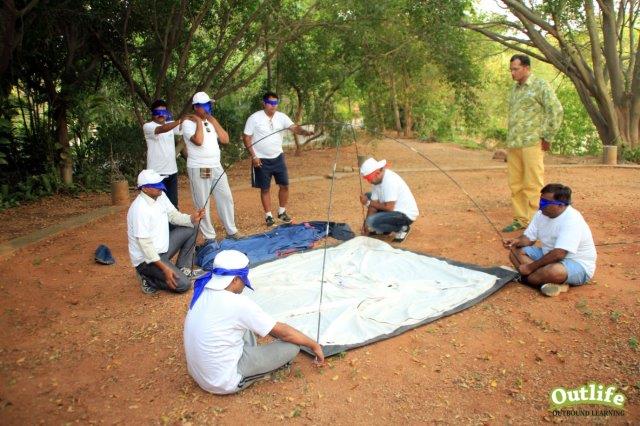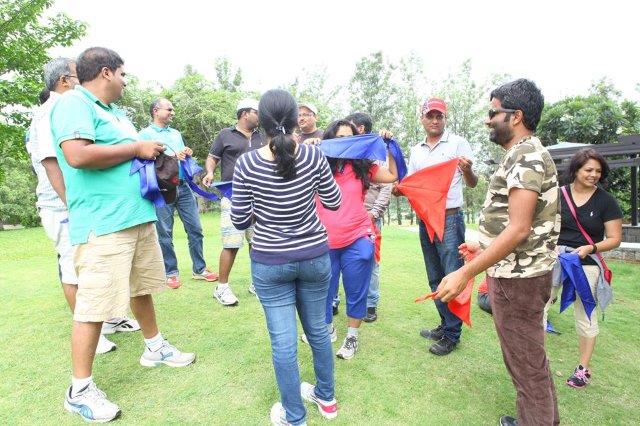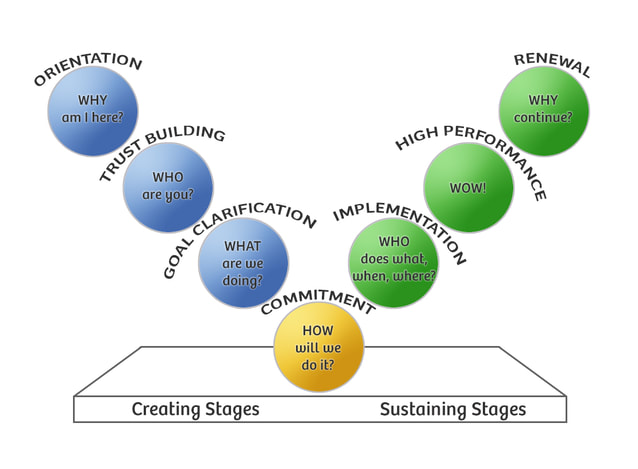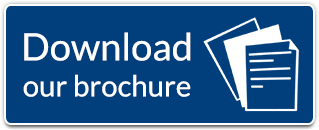Cross Functional Team Development
In any organisation, a cross functional teams consists of a group of people working in different departments toward a common goal and made of people with different functional expertise. It could include people from finance, marketing, operations, customer support and human resources departments. It may also contractors, suppliers, key customers, or consultants.
According to a study cited in the Harvard Business Review, 75% of cross-functional teams are dysfunctional. The study found that they fail on at least three of five criteria, which are meeting the planned budget, staying on schedule, following specifications, meeting the expectations of their customers and remaining aligned with company strategy.
Cross-functional teams often function as self-directed teams: they respond to broad objectives, but not to specific directives. Decision-making within a team may depend on consensus, but often is lead by a manager/coach/team leader.
A good example of cross-functional teams are music bands, where each element plays a different instrument (or has a different role). Music is the result of collaboration and participation, and the goals are decided by consensus. Skills to play all the instruments involved are not required since music provides a standard language that everybody in the team can understand. In short, music bands are a clear example of how cross functional teams work.
Cross-functional teams require a more systemic approach to set them up for alignment to the organisations goals. At Outlife we have developed a time-tested, proven system geared towards developing alignment and purpose among cross functional teams through experiential and structured learning process to adopt and apply practical principles that revolve around the core tenants of teamwork.
According to a study cited in the Harvard Business Review, 75% of cross-functional teams are dysfunctional. The study found that they fail on at least three of five criteria, which are meeting the planned budget, staying on schedule, following specifications, meeting the expectations of their customers and remaining aligned with company strategy.
Cross-functional teams often function as self-directed teams: they respond to broad objectives, but not to specific directives. Decision-making within a team may depend on consensus, but often is lead by a manager/coach/team leader.
A good example of cross-functional teams are music bands, where each element plays a different instrument (or has a different role). Music is the result of collaboration and participation, and the goals are decided by consensus. Skills to play all the instruments involved are not required since music provides a standard language that everybody in the team can understand. In short, music bands are a clear example of how cross functional teams work.
Cross-functional teams require a more systemic approach to set them up for alignment to the organisations goals. At Outlife we have developed a time-tested, proven system geared towards developing alignment and purpose among cross functional teams through experiential and structured learning process to adopt and apply practical principles that revolve around the core tenants of teamwork.
Assessment and Program Design
Our cross functional team development takes a customized approach to its design and starts with the assessment of the learning objectives and desired outcomes of the specific organisation, industry, team and participants.
Cross Functional Team Development Model
Using Drexler Sibbit model
The Drexler/Sibbet Team Performance® Model illustrates team development as seven stages, four to create the team and three to describe increasing levels of sustained performance. This is a powerful tool for developing and sustaining cross functional teams and includes the following stages.
The Drexler/Sibbet Team Performance® Model illustrates team development as seven stages, four to create the team and three to describe increasing levels of sustained performance. This is a powerful tool for developing and sustaining cross functional teams and includes the following stages.
1. Orientation– What is our mission and picture of success, and why am I here?
2. Trust Building– Who is with me here and what are the skill sets and competencies we bring to this team?
3. Goal Clarification– What are our targets and roles? What’s yours, mine and ours?
4. Commitment-How will we work together? Let’s get all in!
As we progress through the four stages of team creation we then reach the three stages of performance. In these stages we begin to implement and master our process becoming heavily invested in the task at hand:
5. Implementation– Who does what, when where?
6. High Performance– This is the time when we are literally reading the minds of our teammates, anticipating their needs and moves and becoming a seamless supportive unit. It makes us want to stay in this zone forever. This stage is what we call the “WOW” that results from having a high performance team.
7. Renewal– Just when you have it all figured out, things change. Its time to re-orient and begin the cycle again right back to stage 1
2. Trust Building– Who is with me here and what are the skill sets and competencies we bring to this team?
3. Goal Clarification– What are our targets and roles? What’s yours, mine and ours?
4. Commitment-How will we work together? Let’s get all in!
As we progress through the four stages of team creation we then reach the three stages of performance. In these stages we begin to implement and master our process becoming heavily invested in the task at hand:
5. Implementation– Who does what, when where?
6. High Performance– This is the time when we are literally reading the minds of our teammates, anticipating their needs and moves and becoming a seamless supportive unit. It makes us want to stay in this zone forever. This stage is what we call the “WOW” that results from having a high performance team.
7. Renewal– Just when you have it all figured out, things change. Its time to re-orient and begin the cycle again right back to stage 1
Facilitation Methodology
Approach and Facilitation Methodology:
Team Development model of facilitation focus on the different stages of team development and come up with strategies and tactics for application of the learning back at the work place. The program’s overarching objective is to provide participants with an environment which is conducive to explore team-work and consequent benefits. We design the program using industry accepted models of team-works as given below.
Using structured experiential learning and facilitation methods we help the team members open up a rich and robust dialogue that enables them to build trust while also determining which areas of their work can improve.
The learning is co-created between the participants and the facilitator. An good amount of time is spent in experiencing, reflection and application phases during the facilitator led processing.
Our Team Development Programs include 2-5 Days of Offsite program followed by 3-6 months of sustained development powered through action plans, goal setting, micro-learning, regular team meetings, assessments of results and coaching sessions.
Team Development model of facilitation focus on the different stages of team development and come up with strategies and tactics for application of the learning back at the work place. The program’s overarching objective is to provide participants with an environment which is conducive to explore team-work and consequent benefits. We design the program using industry accepted models of team-works as given below.
Using structured experiential learning and facilitation methods we help the team members open up a rich and robust dialogue that enables them to build trust while also determining which areas of their work can improve.
The learning is co-created between the participants and the facilitator. An good amount of time is spent in experiencing, reflection and application phases during the facilitator led processing.
Our Team Development Programs include 2-5 Days of Offsite program followed by 3-6 months of sustained development powered through action plans, goal setting, micro-learning, regular team meetings, assessments of results and coaching sessions.
Sustaining Learning and Followup
Post Program Follow-up
Based on the understanding a post-program meeting after a month for around 3 hours will be held to review their experiences in implementing their learning from the program, in every day work and personal life.
Teaming Manual / Action Plan / Follow up
Post the Team Development Intervention participants will receive a detailed report on their participation and learning activity wise. Participants will also identify signification areas and create actionable personal and team goals and success criteria’s on how they will measure them.
Actionable Micro Learning:
Post Training, Participants will receive weekly follow-ups and in micro learning format to help them keep the motivation and continue to take action and form behaviors back at work.
Behavioral Observation Report.
A Behavioral Observations report on each participant will be shared with the organization, detailing the behavior observations, areas of strengths, scope and recommendation for improvements .
Based on the understanding a post-program meeting after a month for around 3 hours will be held to review their experiences in implementing their learning from the program, in every day work and personal life.
Teaming Manual / Action Plan / Follow up
Post the Team Development Intervention participants will receive a detailed report on their participation and learning activity wise. Participants will also identify signification areas and create actionable personal and team goals and success criteria’s on how they will measure them.
Actionable Micro Learning:
Post Training, Participants will receive weekly follow-ups and in micro learning format to help them keep the motivation and continue to take action and form behaviors back at work.
Behavioral Observation Report.
A Behavioral Observations report on each participant will be shared with the organization, detailing the behavior observations, areas of strengths, scope and recommendation for improvements .
Facilitators / Trainers
The program is specially facilitated by senior leadership facilitators with 2 decades of industry experience in a senior management or executive management role and having over a decade of experience in Organisation Development, Training and Facilitation.
The Supporting Trainers are Qualified Outdoor Instructors who are trained to take of safety and risk management to enable usage of adventure and outdoor activities for management development purposes.
The Supporting Trainers are Qualified Outdoor Instructors who are trained to take of safety and risk management to enable usage of adventure and outdoor activities for management development purposes.
Benefits of our Cross Functional Development Program
Cross functional teams are growing in popularity because of an increased demand from customers to provide consistently personalized, high-touch customer experience. Some of the benefits of cross functional teams include improved coordination across functional areas, increased innovation in product and process, and reduced cycle times for key customer touchpoints.
Some of the benefits of cross functional team development programs are
Some of the benefits of cross functional team development programs are
|
|
Get in Touch
|
|




